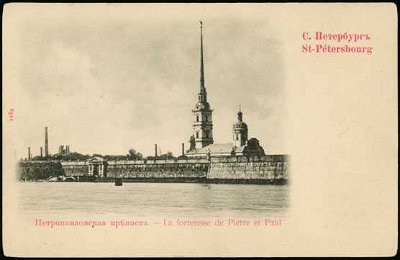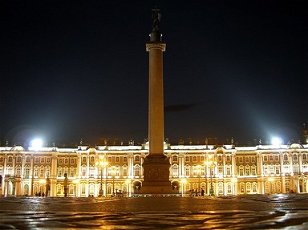18. The principal languages of the USSR consisted of Russian, Ukrainian, Belorussian, Georgian, Armenian, and what other language?
From Quiz Union of Soviet Social Republics
Answer:
Uzbek
With the USSR consisting of 15 republics, they had the need for several principal languages. The 15 republics were: Russia, Ukraine, Byelorussia, Estonia, Latvia, Lithuania, Moldova, Georgia, Armenia, Azerbaidan, Kazakhstan, Uzbekistakn, Turkmenistan, Kirgizstan, and Tadzhikistan. The different languages were Russian, Ukrainian, Belorussian, Georgian, Armenian, and Uzbek.
 A quiz on the history of St. Petersburg, Russia. Founded by Peter the Great, the city was once Russia's most glorious.
A quiz on the history of St. Petersburg, Russia. Founded by Peter the Great, the city was once Russia's most glorious.  A quiz on the history of St. Petersburg, Russia. Founded by Peter the Great, the city was once Russia's most glorious.
A quiz on the history of St. Petersburg, Russia. Founded by Peter the Great, the city was once Russia's most glorious.  The Russian city of St Petersburg has been around since 1703, so a lot of events are associated with the city. Can you place these in chronological order?
The Russian city of St Petersburg has been around since 1703, so a lot of events are associated with the city. Can you place these in chronological order?  Quick Question
Quick Question = Top 5% Rated Quiz,
= Top 5% Rated Quiz,
 Top 10% Rated Quiz,
Top 10% Rated Quiz,
 Top 20% Rated Quiz,
Top 20% Rated Quiz,
 A Well Rated Quiz
A Well Rated Quiz